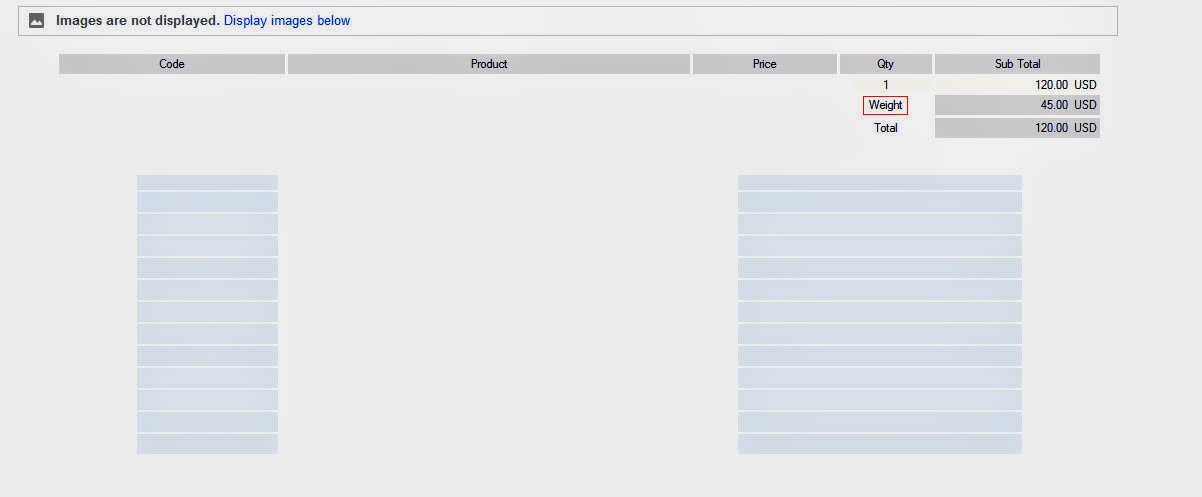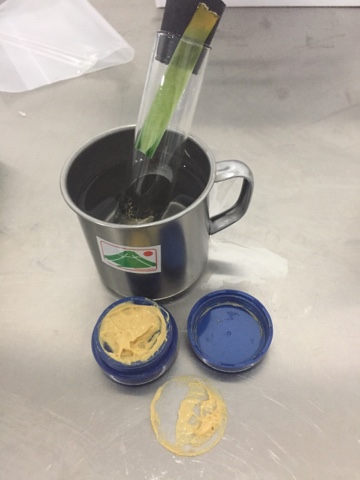10 Jan 08 - Teens turn into DNA detectives
---------------------------------------------------------------
When high-school students did an inventory of the DNA in their own homes, they were amazed to find lots of mislabeled food products, a pesky invasive species ... and what appears to be a new breed of cockroach.
"The idea was to explore our environment through the lens of DNA," Matt Cost, an 18-year-old senior at Manhattan's Trinity School, told me. The experiment turned up more than 150 usable DNA fingerprints, found in common items ranging from apartment-building bugs to a feather duster.
The real detective work came into play when Cost and his 17-year-old classmate, Brenda Tan, matched the DNA code against a couple of publicly available databases for animal species. They found out that an expensive brand of sheep's-milk cheese was actually made from cow's milk, that "sturgeon caviar" was actually Mississippi paddlefish, and that dog treats supposedly made from venison were actually made from beef.
Eleven of the 66 food items that Cost and Tan tested turned out to be mislabeled - which reinforced the findings from an earlier Trinity School DNA project. That experiment found that a quarter of the fish offerings purchased at Manhattan markets and restaurants were mislabeled to make them seem more palatable or expensive. The caper, cracked by Kate Stoeckle and Louisa Strauss, came to be known as "Sushigate." (The "Sushigate" sleuths are due to discuss the case at February's annual meeting of the American Association for the Advancement of Science.)
Cost and Tan followed in the footsteps of "Sushigate," under the guidance of mentors at their school and at The Rockefeller University and the American Museum of Natural History. One of the advisers was Kate Stoeckle's dad, Mark Stoeckle, a physician and researcher who is a member of Rockefeller's adjunct faculty.
Jesse Ausubel, director of Rockefeller's Program for the Human Environment, said the project was an eye-opener for the advisers as well as the students. He was surprised to find so many different species (97, to be exact) represented in New York City's urban setting.
"I wish I were a cartoonist," he told me. "I'd like to show a picture of a doorman at a Manhattan apartment building, and instead of people walking in, it'd be an ostrich and a bison and all these animals. ... It'd be a crazy Halloween or New Year's Eve party."
The samples were collected at Cost's apartment building on the Upper East Side and Tan's house in Brooklyn, as well as at Trinity School, in the homes of friends and around the neighborhood. The students also took strands of hair from eight of their classmates. "We were happy to report that they all came back as 100 percent human," Tan said in a Rockefeller University news release.
The American Museum of Natural History analyzed each sample and, when possible, deciphered its DNA "barcode." Intact DNA was found in 151 of the 217 items tested, including dried soup mix, butter and yogurt, beef jerky and horse droppings from Central Park.
Cost and Tam compared the four-letter codes (ATATTGCAT, etc.) with the codes for more than 65,000 animal species kept by the Barcode of Life Data Systems, as well as codes recorded in the federally funded GenBank database. Ausubel said such databases promise to open up the field of genetic analysis to millions of citizen scientists.
"Now so much information is available over the Internet that it's democratized science again," he said. "In a way, it's turning back to the 17th and 18th century, when a lot of the people who were doing science were not full-time, dedicated scientists."
One rich scientific frontier was found in an Upper West Side apartment building, where the DNA barcodes from several cockroaches were 4 percent off from the norm. That could signal the discovery of a new species or subspecies of insect, Cost said.
"The professors at Rockefeller are in talks with the world's eminent cockroach experts - yes, there are such people," he said. If the samples support the claim of a new species, the students would get to coin its Latin scientific name.
When the students sampled a bug they found in a box of Texas grapefruit, they were able to identify it as an Oriental latrine fly, an invasive species that has become established in Texas, California and Hawaii but not New York (at least not yet).
Tan said she was struck by how resilient the DNA was - and how widespread the product mislabeling turned out to be. "How are consumers supposed to protect themselves?" she said in the news release. "Someday DNA barcoding may be a cool smartphone app. Until then, we think government agencies should start using these early versions of species identification tools to police the market, and the sooner the better."
It's already starting: Check out this report plus this slideshow gallery for more on how the pros are using DNA barcoding in their detective work, and click through to this Web page for more on the students' DNAHouse experiment.
Taken from: CosmicBlog - Teens Turns into a DNA Detective
Both students are getting ready to go on to college - and will likely refer to the DNAHouse experiment in their applications. "Whether you're playing soccer or doing science, actually doing it is better than watching it on television or reading a book," Ausubel observed. Tan plans to study biology. Cost, meanwhile, is focused on music right now, but was intrigued to hear about a project that turns DNA coding into machine-composed music.


Comments